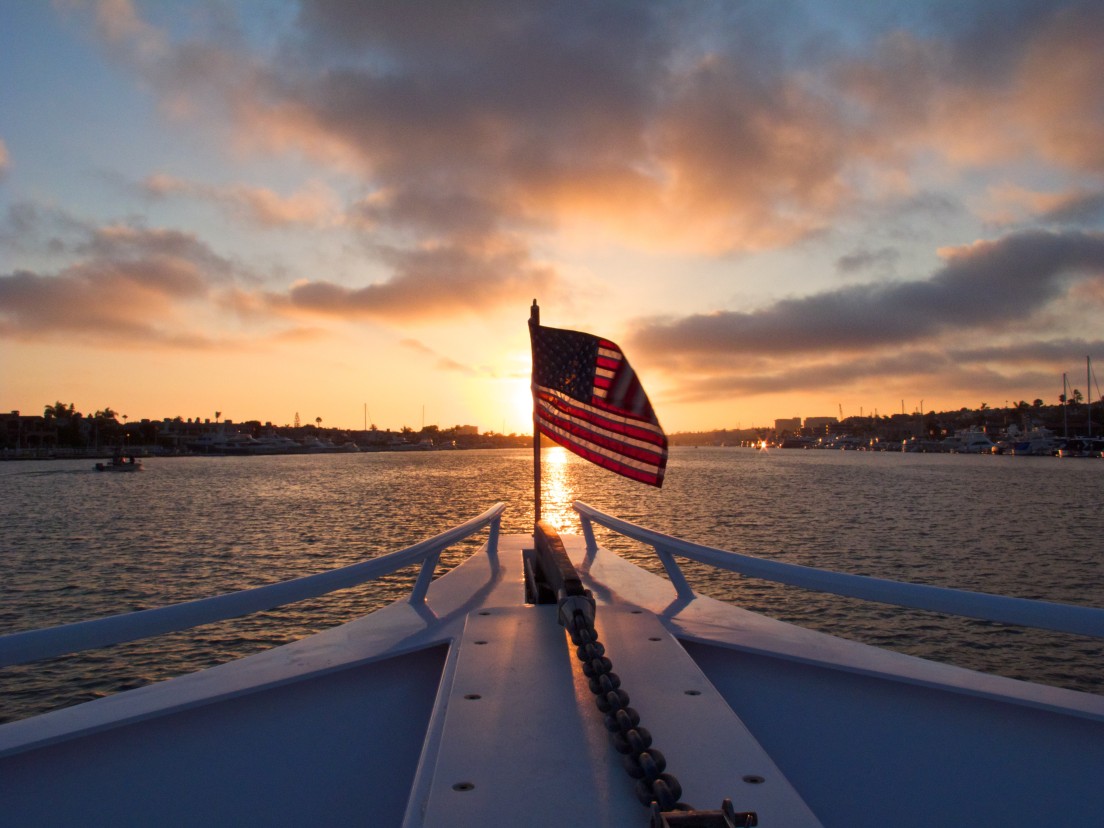
Heavy Rain, Flooding, and Chance of Severe Weather Staring Down the Southern U.S.
January 22, 2024
Posted: July 2, 2022 1:45 am





Mixed Bag of Weather Throughout the U.S. for Independence Day
According to the American Automobile Association (AAA), over 47 million Americans are expected to travel at least 50 miles from their home over the holiday weekend. This number is just slightly below the record of 49 million travelers over the same weekend in 2019.
If you have been paying attention to the news lately, you know that the airline industry has been suffering greatly due to staffing shortages. Adverse weather conditions only serve to complicate these ongoing issues. Will the weather be a problem when so many families take to the skies and the roads for the Fourth of July holiday? Here is what you need to know about the national weather forecast in the coming days.
A significant amount of moisture is forecast to move in from both the Atlantic Ocean and the Gulf of Mexico, potentially making for a soggy few days in the Southeast and through the interior Southwest. There is also the chance that this moisture may reach as far as the Midwest, the northern Rockies, and the Northeast. However, unlike the southern tier of the U.S., the rain in these parts of the country will be less prevalent and shorter in duration.
The bulk of New England and upstate New York will remain dry throughout the entirety of the holiday weekend. The greatest chance of rain in this region will be a few scattered showers or thunderstorms on Saturday and Sunday as a cold front dips into the region. A second front may raise the risk of a shower or two late Monday in New England, possibly putting a damper on fireworks displays. While this rain is not predicted to be widespread in nature, an ill-timed shower could ruin some outdoor plans in the region on the holiday.
Who can expect to see dry conditions for the long weekend? The areas most likely to not run into any rain include a large portion of the Pacific coastline, the northern Plains, the Great Lakes, and the northern corner of the Northeast. A cold front that is forecast to move to the south will keep much of the northern half of the U.S. free of precipitation. This includes cities such as Minneapolis, Chicago, Milwaukee, and Detroit. The region can expect to see seasonable temperatures along with low humidity levels, making for a nice weekend to get outside.
It will also be primarily dry though California. The ongoing drought in the Golden State will necessitate that fireworks bans and restrictions on open flames remain in place.
In addition, gusty winds may increase the risk of wildfires across the Sierra Nevada and into the Great Basin and interior Northwest. Also out west, some parts of Utah and Arizona may be under the gun for the chance of thunderstorms popping up in the afternoon and evening hours all three days of the weekend.
A storm coming from the Pacific Ocean could move across the West Coast by the end of the weekend. This system is not likely to bring any significant rain to the areas of California that need it the most. However, the system may have the energy to bring up moisture from the Gulf of Mexico and drop that precipitation throughout the central and eastern parts of the country.
This Pacific system is also forecast to raise the risk of a shower or thunderstorm in an area stretching from Northern California and into Oregon and Washington late Sunday and into Monday. Forecasters believe that the rain should mostly clear out in this area by the time any fireworks shows begin.
Another cold front is forecast to stall out in a large area stretching from the central Plains and into the Chesapeake Bay region. Those areas located along the front and to the south expanding to the Gulf of Mexico will be under the gun for thunderstorms to ignite throughout the weekend.
Although the majority of the thunderstorms will be fairly benign, a series of weak disturbances could cause the storms to intensify at times. This intensification will lead to a greater risk of localized flash flooding and strong winds that could trigger power outages. Some of the cities most likely to see these severe storms develop include areas near the Gulf Coast and the Southeast, including Houston, Galveston, New Orleans, and Atlanta.
Areas near the mouth of the Mississippi River and through to the Atlantic coast will never be able to rule out rain throughout the weekend.
The speed of this particular cold front will dictate the weather that develops around it. For instance, if the front keeps tracking along when it hits the central Plains and Ohio Valley toward the end of the weekend, it could bring dry and cooler air to the Northeast. This would mean lower temperatures but dry conditions for cities such as Philadelphia and Boston on the Fourth of July.
If the front were to do the opposite and stall out, there would be a greater threat of rain and thunderstorms on Sunday and into Monday for a large area of the Northeast. While the weather is forecast to dry out in the nation’s capital on Monday, those taking part in the patriotic celebrations cannot discount the possibility of a leftover thunderstorm.
Did you find this content useful? Feel free to bookmark or to post to your timeline for reference later!

January 21, 2024

January 19, 2024

January 18, 2024